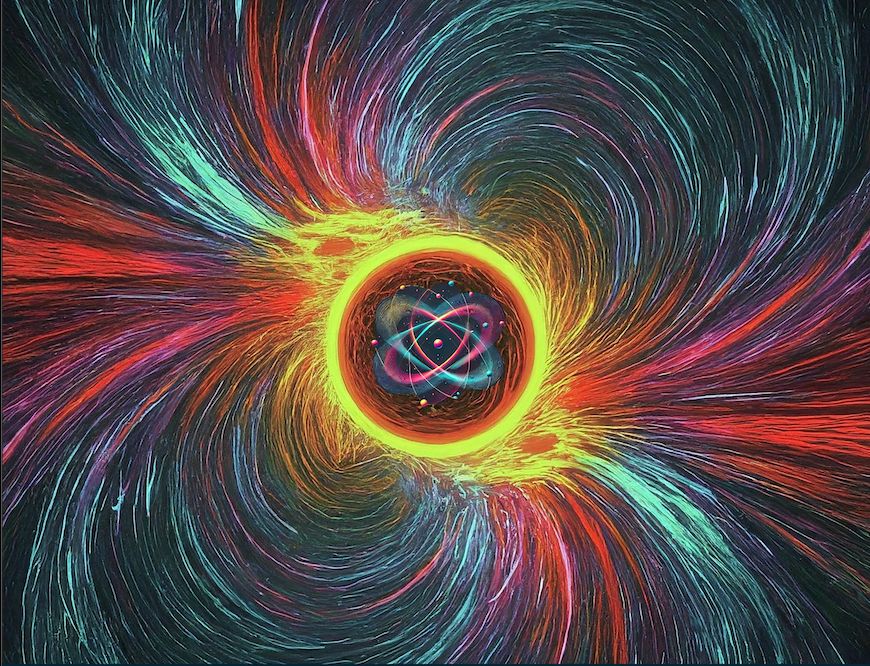Confirmed Speakers
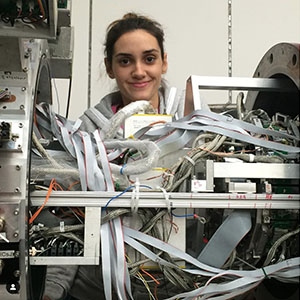
Dr. Maria Anastasiou
Lawrence Livermore National Laboratory
Neutron-induced fission reactions are important to our understanding of fundamental nuclear physics as well as nuclear applications. Due to their impact on a wide range of nuclear physics applications, it has become important to better understand the probability of such reactions to occur and try to minimize their uncertainties. In particular, there is a need for precision neutron-induced fission cross section measurements on actinides. Neutron-induced fission cross sections are typically measured as ratios, relative to a well-known cross section standard. The 235 U(n,f) is a well measured standard, often used as a reference on cross section ratio measurements of other actinides. However, some light particle reactions are also well-known and their use as reference can provide information to remove shared systematic uncertainties that are present in an actinide-only ratio measurement. The NIFFTE collaboration’s fission time projection chamber (fissionTPC) is a charged particle tracker designed for precision measurements of neutron-induced fission reactions. Detailed 3D track reconstruction of the reaction products enables evaluation of systematic effects and corresponding uncertainties which are less directly accessible by other measurement techniques. This work focuses on the measurement of the 235 U(n,f) using as a reference the light-ion standard 6 Li(n,t) reaction. Preliminary results of the 235 U(n,f)/ 6 Li(n,t) measurement conducted at the Los Alamos Neutron Science Center will be presented.
LLNL-ABS-836692: This work was performed under the auspices of the U.S. Department of Energy by Lawrence Livermore National Laboratory under Contract DE-AC52-07NA27344.

Dr. Hsin-Yu Chen
University of Austin Texas
Observations of GW170817 strongly suggest that binary neutron star mergers produce rapid neutron-capture nucleosynthesis (r-process) elements. However, it remains an open question whether these mergers can account for al the r-process element enrichment in the Milky Way’s history. In particular, the neutron star merger-only enrichment scenario has been shown to be inconsistent with the observed r-process abundance trend of stars in the Galaxy. In this talk, I wil show the constraints on the contributions of the neutron star merger channel using recent astrophysical neutron star observations, including gravitational waves, radio, X-ray, and gamma-ray observations. I will then present a Bayesian framework to consistently combine these lines of observations with r-process abundance data to quantify the contribution and uncertainties of single and multiple astrophysical enrichment sources.
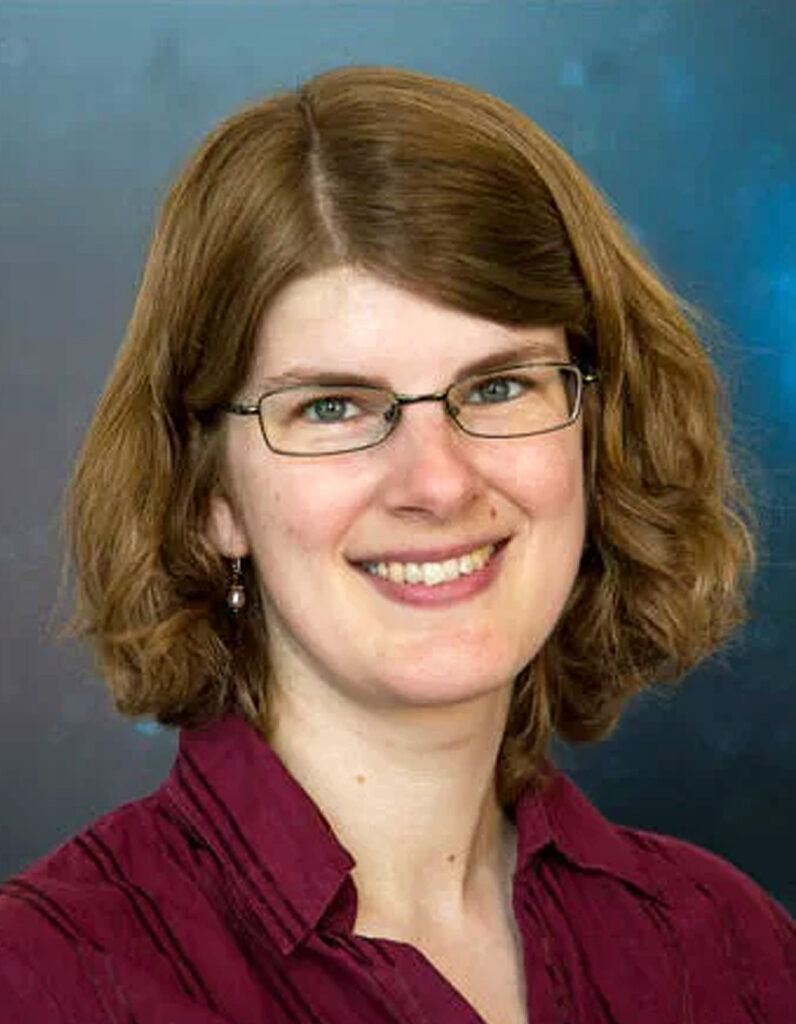
Dr. Camilla Hansen
Goethe University Frankfurt

Dr. Yutaka Hirai
Koeki University
Chemical abundances of stars reflect the origin of elements and evolutionary histories of galaxies. Spectroscopic and photometric observations have measured the chemical abundances of stars in the Milky Way and dwarf galaxies. We can extract the fossil records imprinted in stars by comparing such observations and chemical evolution models of galaxies. In this talk, I will review the recent progress in the modeling of galactic chemical evolution. I will show abundance ratios such as [Mg/Fe], [Sr/Ba], and [Eu/Mg] can resolve the chemical enrichment in a different timescale, and upcoming simulations will greatly improve our understanding of the origin of elements.
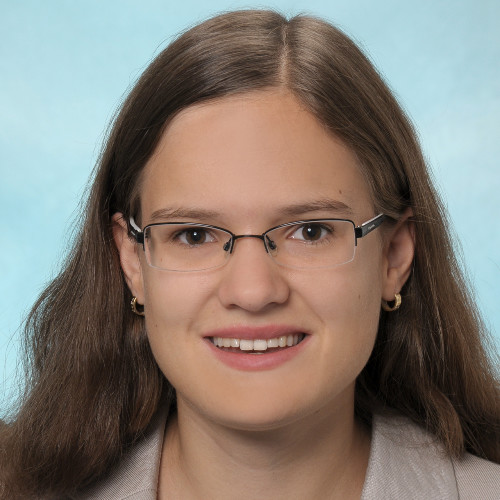
Dr. Franziska Maier
Michigan State University/ FRIB
With new radioactive-ion-beam facilities such as FRIB becoming operational, the properties of nuclei in close proximity to the driplines are coming within reach of high-precision measurements. Within the last year, at a fraction of FRIB’s ultimate beam intensity, we used the LEBIT facility [1] to successfully perform Penning-trap mass measurements of 101 Sn [2], 103 Sn [3], 23 Si [4], and 22 Al [5]. These masses are critical for nuclear astrophysics and nuclear structure studies. They provide insights into the smoothness of the mass surface, help assess isospin symmetry breaking and offer valuable anchor points for nuclear models – especially for predicting properties near the driplines, where experimental data remain scarce. As FRIB ramps up its beam intensity, the production of many more nuclei will enable new and exceptional research opportunities. However, the short half-lives of many of these nuclei pose challenges for Penning-trap mass spectrometry. To overcome these limitations, we are developing a next-generation multi-reflection time-of-flight (MR-ToF) device at FRIB based on the work in [6].
In this contribution, I will discuss the mass measurements of 101,103 Sn, and 23 Si and highlight their significance for nuclear structure and nuclear astrophysics. Additionally, an overview of the ongoing development of a next-generation MR-ToF device will be provided, that will expand the mass measurement and separation capabilities of FRIB.
[1] R. Ringle, S. Schwarz and G. Bollen, Penning trap mass spectrometry of rare isotopes produced via projectile fragmentation at the LEBIT facility, IJMS 349-350, 87 (2013).
[2] C.M. Ireland, et al., In preparation.
[3] C.M. Ireland, F.M. Maier et al., High-Precision mass measurements of 103Sn restores smoothness of the mass surface, PRC 111, 014314 (2025).
[4] F.M. Maier, et al., Exploring Isospin Symmetry Breaking in Exotic Nuclei: High-Precision Mass
Measurement of 23Si and Shell-Model Calculations of T = 5/2 Isotopes, submitted to PRC.
[5] S.E. Campbell et al., Precision Mass Measurement of the Proton Dripline Halo Candidate 22Al, PRL 131, 152501 (2024).
[6] F.M. Maier et al., Increased beam energy as a pathway towards a highly selective and high-flux MR-ToF mass separator, NIMA 1056, 168545 (2023).

Dr. Ágnes Mócsy
Pratt Institute/ Michigan State University
Science and the arts are often perceived as separate worlds. The complexities of physics often feel distant from everyday life and seem devoid of emotions. Art in context of science often limited to scientific illustration. I’ll argue that a simultaneous existence in the worlds of physics and the arts allows for an empowering emergence of richer and non-traditional storytelling, which in turn can break down some artificial gates of access to science.
This talk will share my journey of merging these seemingly disjoint worlds while shapeshifting into a non-traditional career. This merger-based approach allows for humanizing science, for connecting through emotions, dismantling stereotypes, igniting curiosity and compassion, fostering a fairer and deeper sense of belonging, while also making the science accessible.
As a physicist filmmaker, I navigate a space where I aim to highlight the power of interdisciplinary approaches in reshaping not only how we understand and communicate science, but for people to change their relationship with science, and for the practitioners to view their field through different lenses. Will illustrate these through diverse works, including from the courses I thought, and through clips from the documentary Rare Connections, I directed and produced at and about the Facility for Rare Isotope Beams (FRIB) at Michigan State University.

Dr. Matthew Mumpower
Los Alamos National Laboratory
The heaviest elements on the periodic table are thought to be synthesized in environments with a copious number of free neutrons. The short half-life of neutrons (~ 15 minutes) limits viable candidate locations for nucleosynthesis. In the interior of stars, neutrons are contained in nuclei or produced slowly through nuclear reactions, limiting their viability for robust nucleosynthesis. I discuss an alternative pathway to generate neutrons in situ via the interaction of light and matter in an energetic jet occurring during the collapse of a massive star. Conditions for the i-process (intermediate neutron capture) and the r-process (rapid neutron capture) may be possible. I cover the implications of this phenomena and discuss how it may change the contemporary purview of heavy element nucleosynthesis.

Dr. Mathieu Renzo
University of Arizona
Massive stars, their explosions, and their compact remnants are a key driver of the chemical evolution of the Universe. It is uncontroversial that the vast majority of these stars are born and live in high multiplicity systems, where binary interactions can modify their internal structure, evolution, and final fate. The stellar structures resulting from binary interactions cannot be produced by single stars, and the differences (for example in terms of rotation, core sizes, density distribution) are significant enough to change nucleosynthetic predictions. Donor stars stripped of their envelopes burn helium at lower T and higher ρ producing relatively more carbon. Accretor stars spun up by mass accretion may be a dominant source of s-process.
Regardless of the pre-collapse evolution, the details of heavy element fusion are key to the formation of the collapsing core, and systematic uncertainties in progenitor structure are a key limiting factor in understanding SN explosions. This impacts single and binary stars alike, core-collapse and pair-instability supernovae. I will briefly describe recent developments in stellar physics calculation relying on modern computational techniques that could open the way for the exploration of these uncertainties.
IReNA Day Speakers
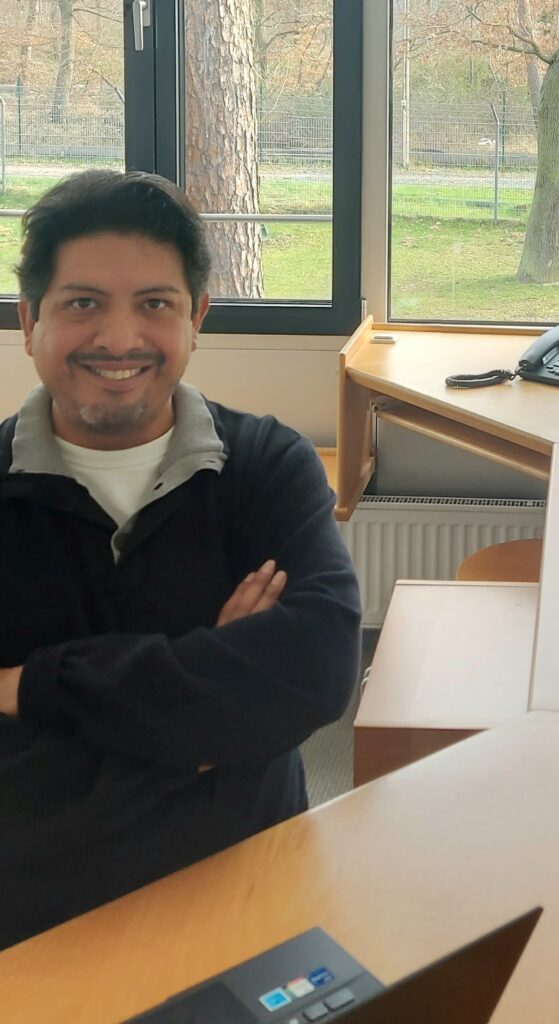
Dr. Luis Acosta (IANNA)
Instituto de Estructura de la Materia, CSIC, Spain
The Ibero-American Network of Nuclear Astrophysics (IANNA) was created in 2022 to foster collaborations related to nuclear astrophysics between research institutions in Mexico, Spain, Brazil, Argentina, Portugal, and the United States of America (USA). The IANNA studies cover the nuclear reactions in stars and the chemical elements they create and disperse in the cosmos as well as the development of several detection systems and calculations to approach such reactions and their modelling. IANNA is as well a good platform for the students exchange across the involved countries, either in the development of experiments or their training in experimental and theoretical techniques.
IANNA was included officially as IReNA partner in March 2023, joined forces from both networks to combine their expertise, resources, and access to cutting-edge technology. Since that year, the Latin Network has not stopped their research and outreach activities in USA research institutions, where the support from IReNA has been vital. As examples might be mentioned one international Workshop (Notre Dame, June 9-11, 2024); one experimental campaign to measure the reaction rate in 4 He(nn,γ) 6 He, aimed to estimate its impact on the r-process (with researchers from USA, Mexico, Spain, Portugal, Brazil and Italy); and, one Summer school, ongoing organization (July 21-25 2025 at Beaver Island, Michigan).
In the present talk it will be described most of the activities developed by IANNA network and our further plans, where new measurements, outreach activities and student exchange are considered, as well as the participation of new countries and the possible collaboration with other networks linked to IReNA.
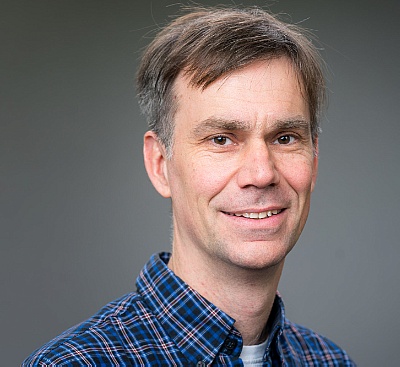
Dr. Daniel Bemmerer (CHETEC-INFRA)
Helmholtz-Zentrum Dresden-Rossendorf
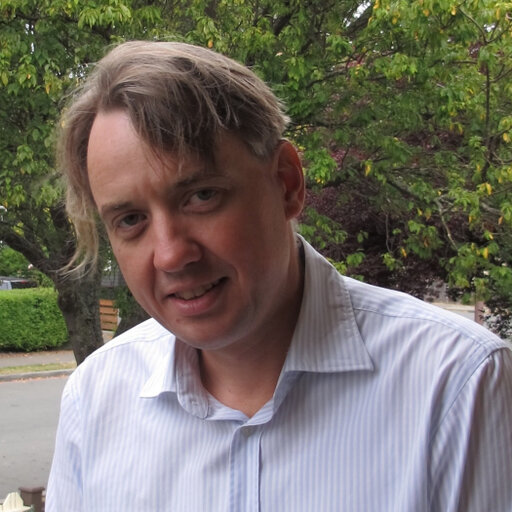
Dr. Falk Herwig (CaNPAN)
University of Victoria
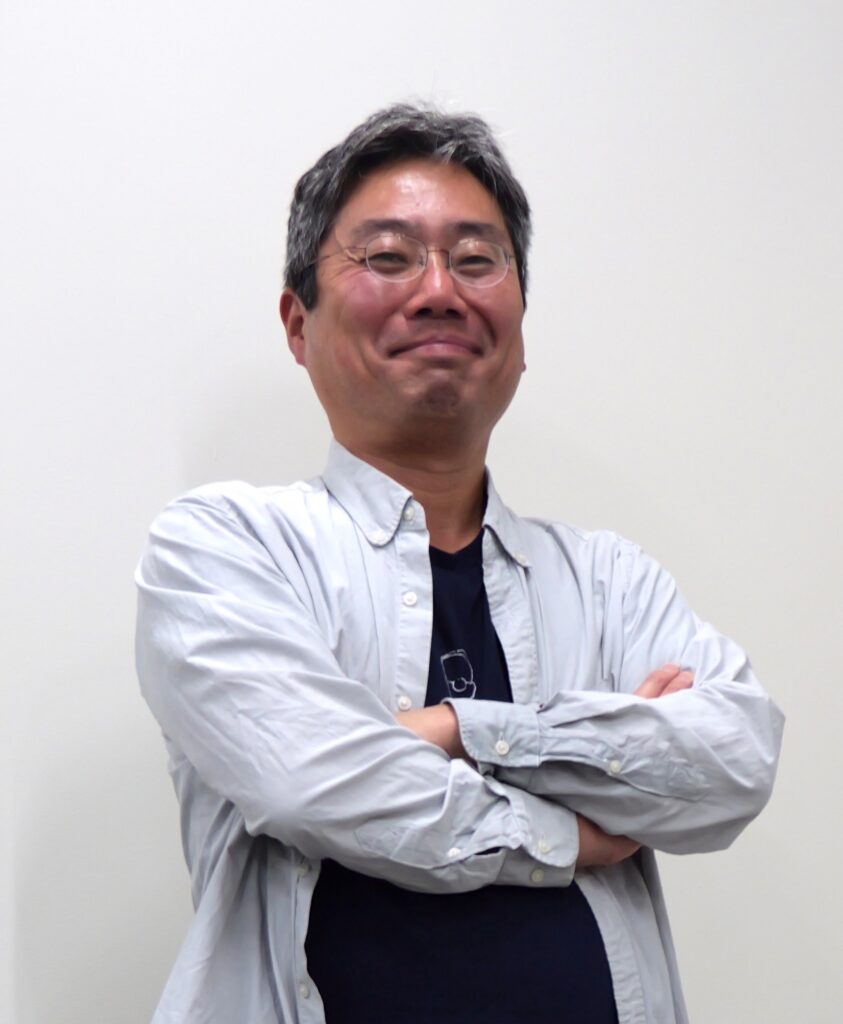
Dr. Takahiro Kawabata (UKAKUREN/JaFNA)
Osaka University
In this talk, I will report our activities on behalf of Japan Forum of Nuclear Astrophysics (UKAKUREN). UKAKUREN was established in 2008 to promote collaboration and communication among researchers in nuclear astrophysics in Japan. Currently, it has approximately 180 members from various fields, including astronomy, astrophysics, planetary sciences, particle physics, and nuclear physics.
UKAKUREN organizes an annual workshop and hosts bi-monthly seminars to facilitate information exchange among its members. In 2023, with support from IReNA, we successfully organized the 1st IReNA-Ukakuren Joint Workshop at the National Astronomical Observatory of Japan. The workshop was attended by over 70 participants, including 10 from US. We are now preparing for the 2nd joint workshop with IReNA in September 2025 in Osaka, Japan.
Additionally, starting this year, we have introduced two new awards to encourage young researchers: the Young Researcher Award and the Master’s Thesis Award. The recipients of these awards will be invited to give a lecture at the annual UKAKUREN workshop.
Through these activities, UKAKUREN continues to support and strengthen the nuclear astrophysics community in Japan while promoting international collaboration.

Dr. Chiaki Kobayashi (BRIDGCE)
University of Hertsfordshire
During the Big Bang, only light elements such as hydrogen and helium were produced. Carbon and heavier elements are created inside stars and are ejected when they die. Iron-peak and neutron-capture elements are further produced by binaries – Type Ia supernovae and neutron star mergers, respectively. From the spatial distribution of these elements in galaxies, it is therefore possible to constrain star formation and chemical enrichment histories of the galaxies. This approach, Galactic Archaeology, has been popularly used for our Milky Way Galaxy with a vast amount of data from Gaia and multi-object spectrographs. This archaeological approach can also be applied to external galaxies, and the Jame Webb Space Telescope (JWST) allows us to estimate elemental abundances (CNO, Ne, S, and Ar) of galaxies across Cosmic time. The UK BRIDGCE network has a history of collaboration between nuclear, stellar, and galactic astrophysics. I will show some recent results on very high-redshift galaxies, only ~400 Myrs after the Big Bang.

Dr. Hendrik Schatz (CeNAM)
Michigan State University/ FRIB


